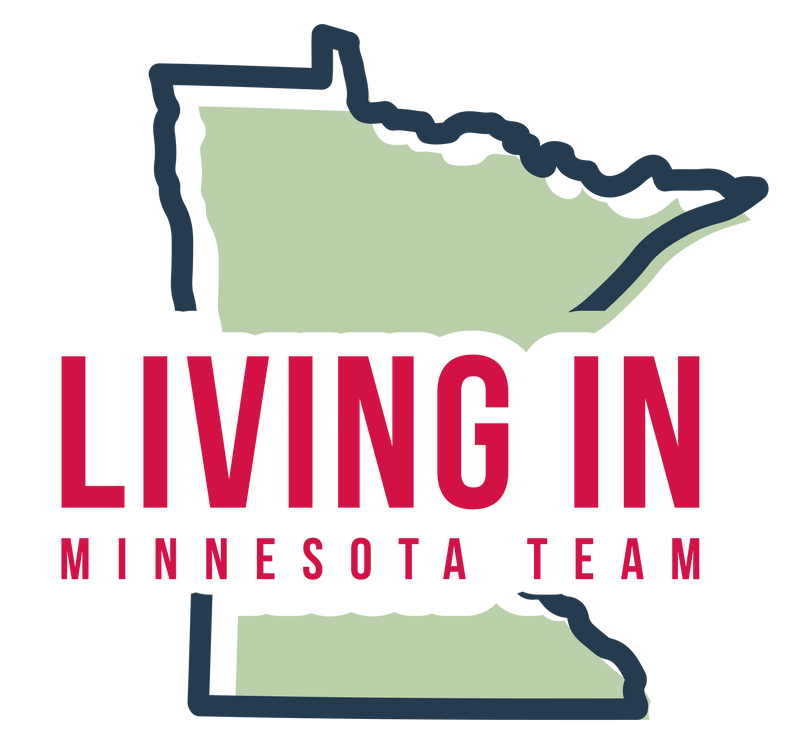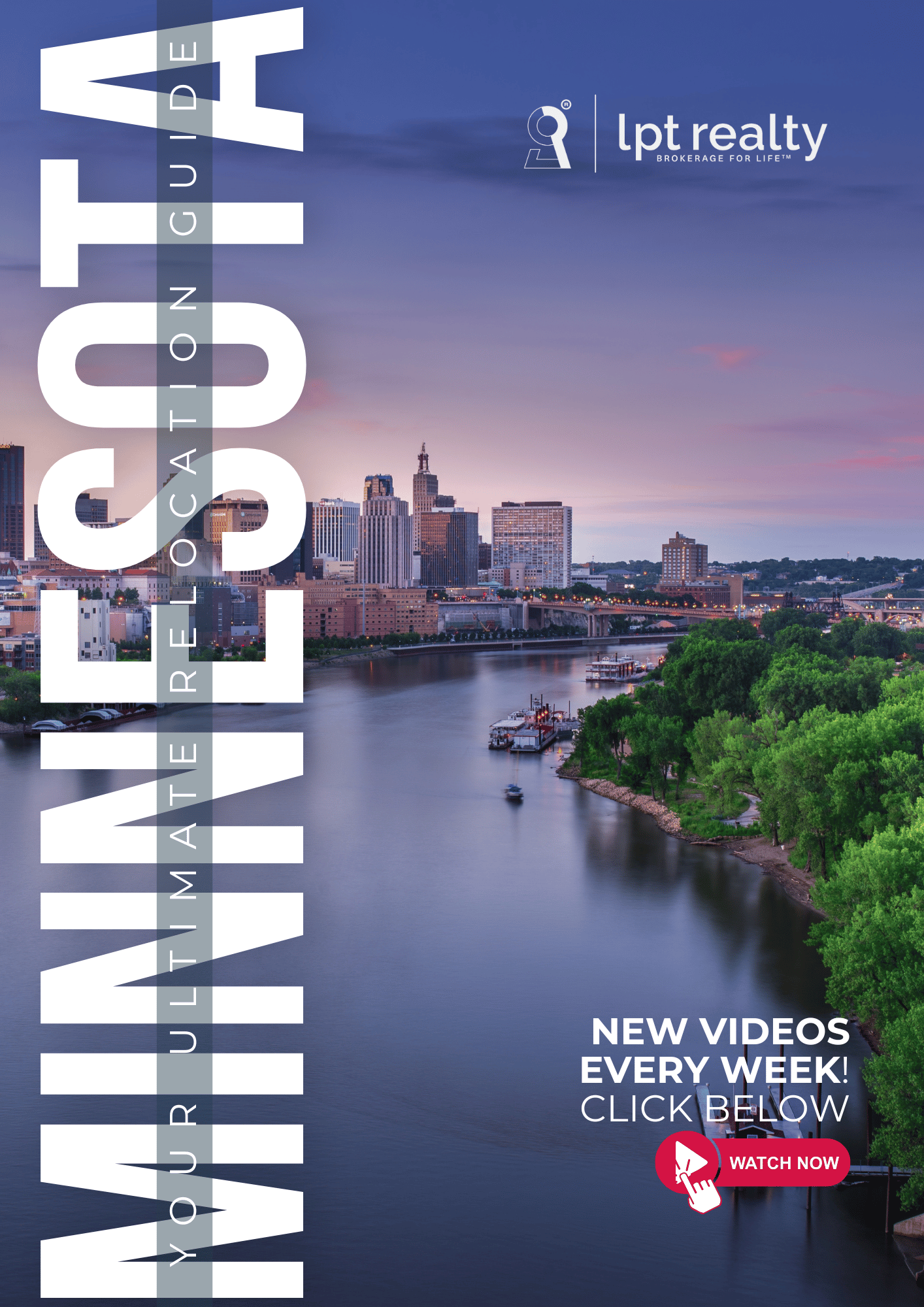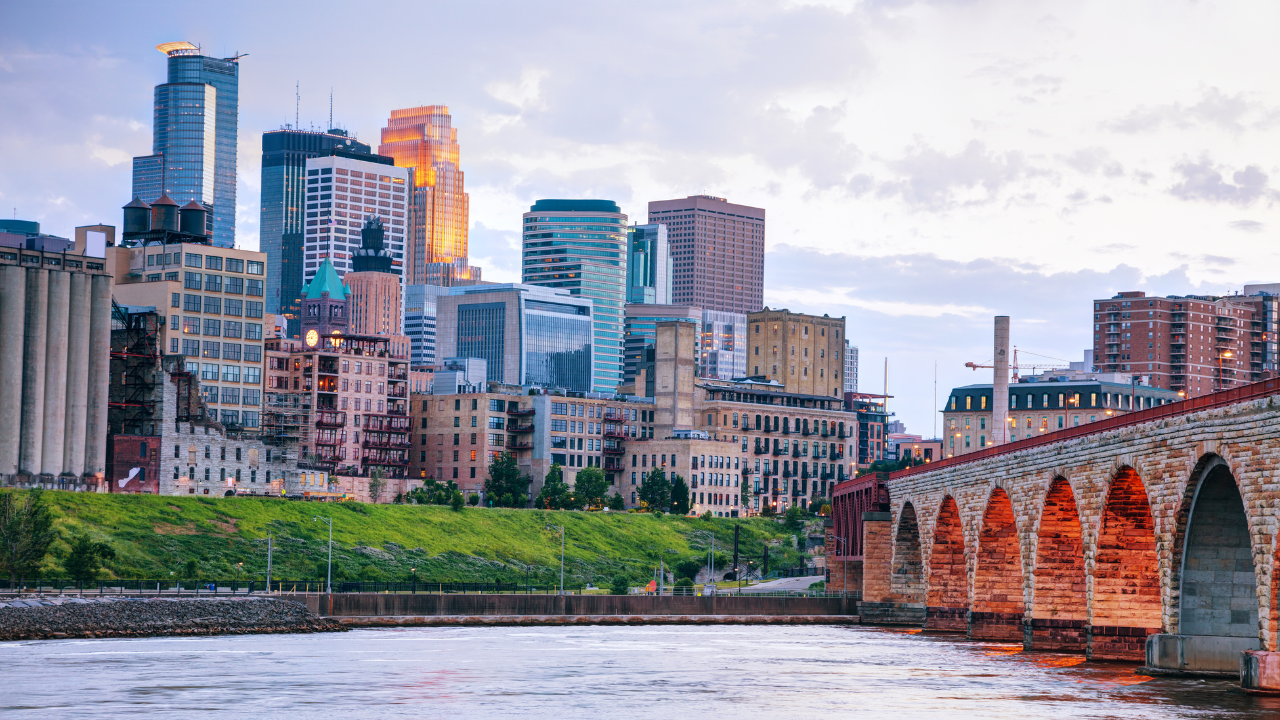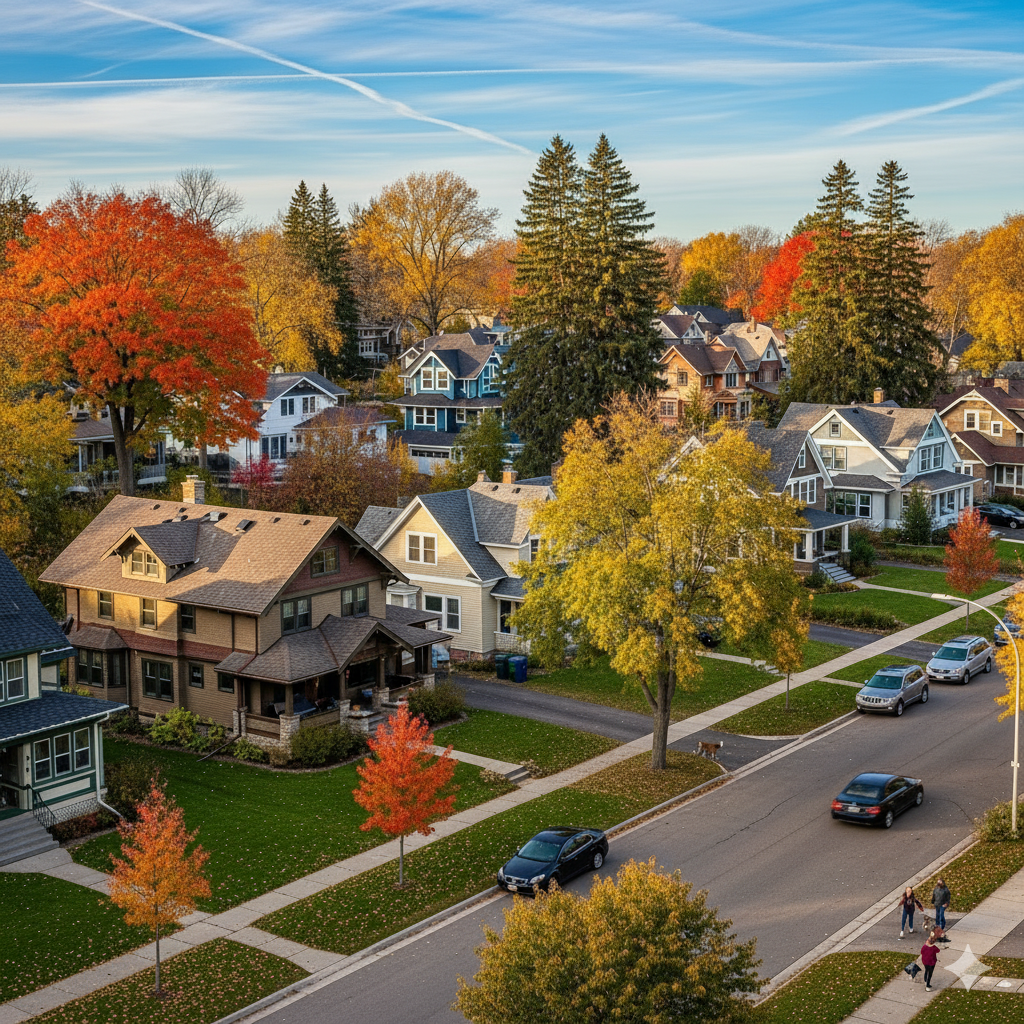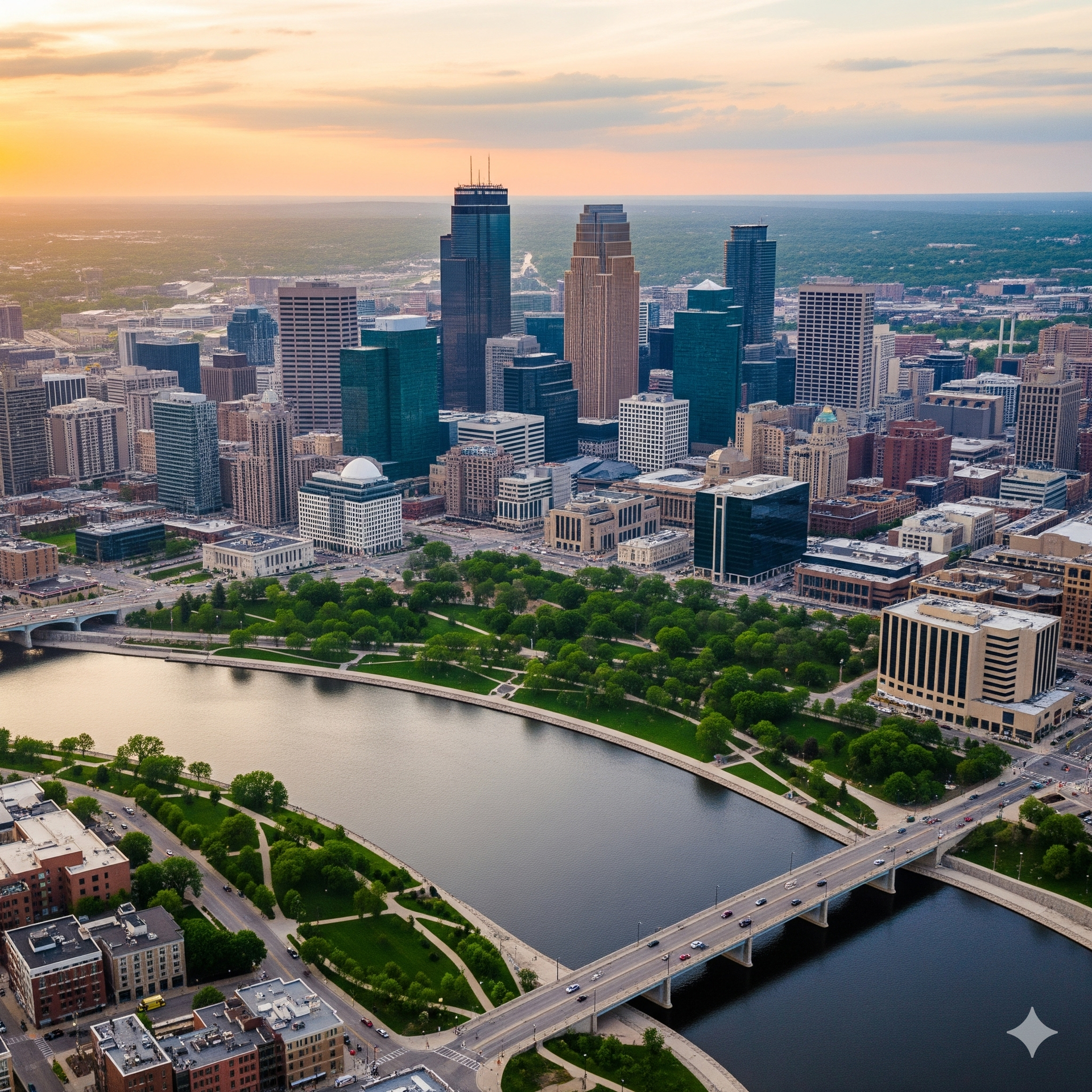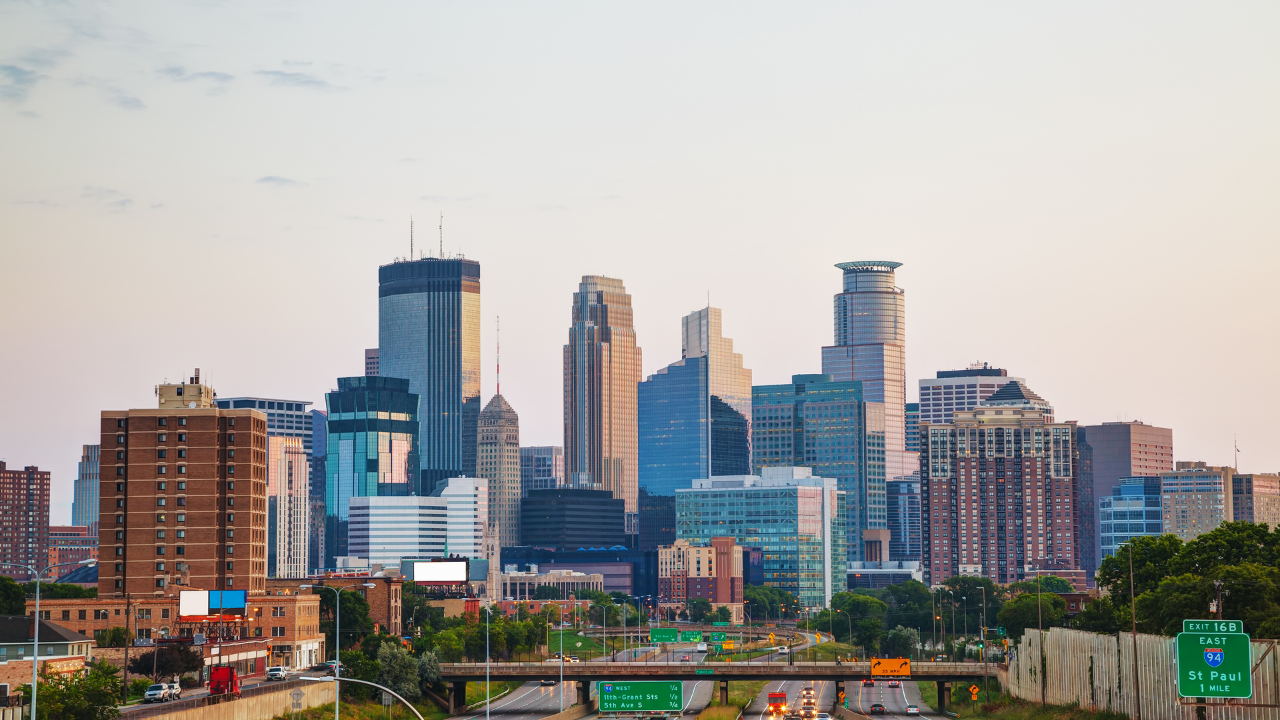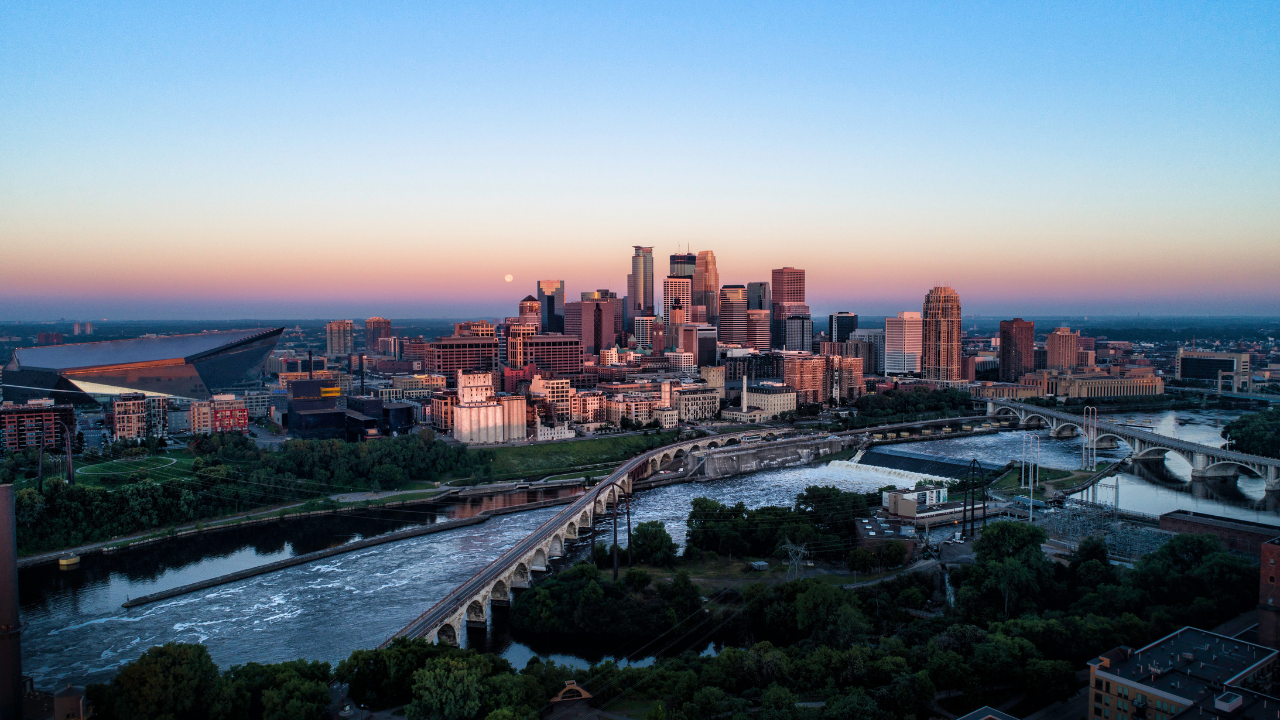The 10 BEST Places to Live in the Twin Cities in 2025
We recently took a closer look at Niche.com 2025 rankings of the best places to live in the Minneapolis–St. Paul area. Based on their data, we’ll walk you through each community with added local insight, real market context, and what life really feels like in these neighborhoods if you’re considering a move to the Twin Cities. If you’re searching for the best places to live in the Twin Cities, this guide breaks down the top 10 neighborhoods and suburbs—what makes each stand out, who they’re best for, typical home prices, inventory dynamics, and small but meaningful lifestyle details that don’t always show up on a spreadsheet.
Table of Contents
- Intro: Best Places to Live in the Twin Cities
- 10. Mendota Heights MN
- 9. Edina MN
- 8. Plymouth MN
- 7. Medina MN
- 6. Shoreview MN
- 5. Macalester-Groveland MN
- 4. Kingfield Minneapolis
- 3. Lauderdale MN
- 2. Eden Prairie MN
- 1. Falcon Heights MN
- Which Twin Cities Suburb Is the Best Place For You to Live In?
- Twin Cities Relocation FAQ
Intro: Best Places to Live in the Twin Cities
Picking a place to live is about more than school ratings and median sale prices. It’s about daily routines, commute patterns, nearby parks and trails, community culture, and how homes hold value over time. As a Minnesota real estate team team who works across Minnesota neighborhoods, we aim to translate the data into real-life experience: what a commute actually looks like at rush hour, which parks families really use, where community events bring people together, and where inventory is tight enough that you’ll need to bring your A-game as a buyer.
Below, each section includes a neighborhood snapshot, market numbers where relevant, notes on inventory and new construction and community features.
10. Mendota Heights MN
Mendota Heights is the kind of suburban escape many people want: quiet streets, space to breathe, and still about 15 minutes from both downtown St. Paul and downtown Minneapolis depending on traffic. With roughly 12,000 residents and steady growth through the 2010s (then leveling off), Mendota Heights offers a mix of mid-century ramblers and newer luxury builds on larger than average lots.
Why people pick Mendota Heights:
- Excellent regional access: Highways 55, 62, and 35E put downtowns within a reasonable commute.
- Suburban space: Population density is low compared to many nearby suburbs—lots more breathing room than the dense neighborhoods to the north and east.
- Community-first development: Local initiatives are expanding trails and planning community center upgrades.
Market snapshot (April 2025):
- Median home price: ~ $540,000 (about 3% higher than the previous year)
- Typical lots: quarter acre to half acre, sometimes larger
- Time on market: roughly 26 days (vs. metro median ~22 days)
Mendota Heights is a stable market—values tend to hold even when more volatile pockets of the metro swing up or down. That stability comes from a mix of demand and limited inventory. If you want suburban yards without sacrificing a quick commute, Mendota Heights checks a lot of boxes.
9. Edina MN
Edina is often near the top of “best of” lists for good reason. It consistently delivers strong schools, polished city services, and a wide range of housing options. For buyers focused on top-tier public schools, walkable retail nodes, and long-term value, Edina remains a compelling choice among the best places to live in the Twin Cities.
Standout features:
- Schools: Test scores rank in the top few percent nationally, and the district maintains specialized programs despite statewide budget pressures.
- Shopping & amenities: Southdale Mall (the nation’s first indoor mall), upscale shopping along 50th & France, Centennial Lakes, and a well-regarded aquatic center.
- Parkland: 40 parks and over 1,550 acres of outdoor space—primarily developed for athletics, playgrounds, and golf.
Market snapshot (April 2025):
- Median home price: ~ $625,000 (up ~10% year-over-year)
- Housing stock: everything from charming 1920s-30s Tudors and colonials to tear-downs that become pop-tops and multimillion-dollar rebuilds
- Unique market dynamic: many homes sell with intent to demolish and build new—so sale price isn’t always the final “as-is” value of a property.
If you value exceptional schools, walkable neighborhoods, and a community that reinvests in amenities, Edina is hard to beat. Expect a competitive market and a wide range of housing types—just be prepared that many homes are purchased as redevelopment sites.
8. Plymouth MN
Plymouth is one of the classic family suburbs with big park systems, a newly reimagined city center, and broad appeal for people looking for recreational options right out their front door. If you search for the best places to live in the Twin Cities with a strong emphasis on trails and green space, Plymouth will often come up.
Why Plymouth is popular:
- New city center: A thoughtful downtown renovation includes retail, dining, and shared public spaces that create a newer “suburban downtown” vibe.
- Facilities: The Plymouth Creek Center expansion added an indoor playground, fitness spaces, and community rooms—great for families and year-round activities.
- Trails & parks: Over 180 miles of trails and 1,800+ acres of parkland. Medicine Lake and Clifton E. French Park are regional draws.
- Schools: Plymouth sits largely in the Wayzata school district (one of the metro’s higher-rated districts).
Market snapshot (April 2025):
- Median home price: ~ $490,000 (down about 1% year-over-year)
- Inventory & new construction: Existing resale inventory is strong relative to new construction, which has slowed—new builds sold down ~55% locally vs ~25% metro-wide.
The apparent price dip in Plymouth is largely due to fewer expensive new-construction closings; it’s not necessarily a reflection of softening values so much as a change in the composition of what closed during the reporting window. In plain terms: fewer $800k–$1M new homes closed this year, so the average sale price skews lower even if overall values remain steady.
7. Medina MN
Medina is one of the Twin Cities’ most rural-feeling suburbs while still keeping a reasonable commute into Minneapolis. If privacy, acreage, and newer construction on large lots are high on your priority list, Medina should be considered among the best places to live in the Twin Cities for buyers seeking seclusion near the city.
Character & lifestyle:
- Rural-scale lots: The typical sold property averages roughly 3.4 acres; privacy, space, and larger home footprints are standard.
- Natural amenities: Baker Park Reserve offers 2,700 acres of preserved land for trails, camping, and golf.
- Employment anchor: Corporate headquarters for Polaris provides a local employment center for residents.
Market snapshot (April 2025):
- Median home price: ~ $900,000 (over double the metro median)
- Home characteristics: Average sold home had about 4.6 bedrooms, 4.4 bathrooms, and was built around 1999—meaning you’ll see larger, newer houses.
- Inventory: Very limited—often fewer than 10 closings per month historically—so expect a fast-moving market when a desirable home appears.
Medina is not for everyone; it’s best for buyers whose priorities are acreage, privacy, and a strong desire to keep neighbors at a friendly distance. If that’s your jam, it’s one of the top places in the metro to find it.
6. Shoreview MN
Shoreview can fly under the radar, but it’s a “quiet achiever”—great parks, excellent community facilities, and a balanced mix of multi-generational residents. If you’re shopping the best places to live in the Twin Cities that combine family amenities with affordability, Shoreview is a smart contender.
Why Shoreview stands out:
- Community center: One of the best in the metro with an indoor waterpark, fitness options, and program spaces that appeal across age groups.
- Location: About 15 minutes to either downtown Minneapolis or downtown St. Paul depending on where you are in the city—multiple commuting routes help ease traffic concerns.
- Environmental programs: The city reduced winter road salt usage by 30% with better application tech, showing smart local policy that benefits lakes and long-term quality of life.
Market snapshot:
- Population: ~26,000 (2025)
- Median home price: ~ $408,000 (up around 8–12% year-over-year depending on reporting)
- Housing stock: Mostly single-family homes from the 1970s–1990s—split entries, ramblers, and two-stories on compact lots.
- Inventory pressure: Very competitive—about 1.6 months of supply versus the metro’s ~2.4 months.
Shoreview often offers the best blend of affordability and amenities for families. Expect competition, but also a lot of value for the money.
5. Macalester-Groveland MN
Macalester-Groveland is the kind of St. Paul neighborhood that offers urban character without losing the “neighborly” feel. Tree-lined streets, vintage homes, local businesses, and strong civic engagement make it one of the best places to live in the Twin Cities if you want walkability and a strong sense of place.
Neighborhood traits:
- Walkable amenities: Grand Avenue is the heart of the neighborhood—locally owned boutiques, restaurants, coffee shops, and services.
- Civic life: Strong neighborhood associations, community events like Grand Old Day, and active resident involvement.
- Proximity to colleges: Macalester College and the University of St. Thomas add a youthful, intellectual energy to local coffee shops and cultural spaces.
Market snapshot:
- Median home price: ~ $453,500 (up ~9.3% year-over-year)
- Housing: Predominantly single-family homes built in the early 1900s, with a handful of high-end historic mansions along Summit Avenue.
- Sales mix: Most closings are single-family units; student rentals exist but rarely come on the market for owner-occupants.
4. Kingfield Minneapolis
Kingfield is an authentic Minneapolis neighborhood with strong local businesses, great walkability, and a tight-knit feel. It gives you the local corner-store vibe and neighborhood pride while keeping you connected to the broader city.
Neighborhood snapshot:
- Population & scale: About 7,500 residents; intentionally compact and community-oriented.
- Business ecosystem: Several dozen locally owned shops and restaurants—enough to cover daily needs within walking distance.
- Transit & cycling: Solid bus connections, proximity to the 35W transit corridor, and bike lanes that make car-free living feasible.
- Parks: Martin Luther King Jr. Park is a central outdoor anchor.
Important note about safety data: public crime data should be checked for any neighborhood you consider. Crime numbers can be misunderstood if you don’t compare per capita rates and multi-year trends. Kingfield’s crime increased modestly in recent years but did not spike during the pandemic the way some other areas did. For many buyers, the neighborhood’s rapid value appreciation—around an 18% increase in home values year-over-year—indicates strong demand regardless of short-term noise.
Market snapshot:
- Recent appreciation: Home prices in Kingfield rose sharply in the last 12 months—one of the biggest year-over-year gains observed across the metro.
- Development: Two major projects coming online could further change the neighborhood’s trajectory by boosting commercial activity and public realm upgrades.
Kingfield is a neighborhood to watch if you want authentic urban living with a strong local identity. Expect walkability, coffee shops filled with neighbors, and a market that’s moving fast.
3. Lauderdale MN
Lauderdale making #3 might surprise some readers. It’s a tiny, compact city nestled in St. Paul’s northeast quadrant with fewer than a few hundred full-time residents in the core city limits. Its small scale is both a strength and a weakness depending on how you measure “best places to live in the Twin Cities.”
What to know about Lauderdale:
- Scale: Extremely small—roughly a six-block by seven-block footprint with about 200 residents in the official boundary; about half of those residents are renters.
- Amenities: There are very few restaurants, parks, or commercial services inside Lauderdale itself—most everyday activity spills into adjacent parts of St. Paul.
- Location advantage: Proximity to busy corridors and nearby neighborhoods gives it access to services without hosting many of them inside the city limits.
Why it might rank high: compact size, proximity, and a certain small-town feel amid urban surroundings can be very attractive. That said, from a purely objective “number of homes available” perspective, Lauderdale is limited—there aren’t many properties to buy inside the strict boundaries.
2. Eden Prairie MN
Eden Prairie is a perennial favorite for good reason. Smart planning, extensive parkland, high-quality schools, and a diversified housing stock make it one of the best places to live in the Twin Cities—especially for families and professionals who value a polished suburban lifestyle.
Top reasons people pick Eden Prairie:
- Strong city planning: Intentional growth that balances residential needs, commercial development, and preserved greenspace.
- Park and trail system: About 1,000 acres of parkland and 200+ miles of sidewalks/trails—plus 17 lakes inside the city.
- Community center & recreation: A large community center with aquatics, fitness, and arenas that serve broad age ranges.
- Schools: A highly regarded school district with strong STEM and arts programming and an International Baccalaureate (IB) option.
Market snapshot:
- Population: ~62,000
- Median home price: ~ $473,000
- Typical home: Four-bedroom, three-bath, built in the 1990s–2000s, 2,500–3,500 sq ft, lot size around a quarter acre
- New construction: Limited—only a small portion of sales were new builds last year, so most movement is in resale homes.
Eden Prairie delivers on the classic suburban checklist while offering a range of price points—from entry-level condos and townhomes to million-dollar estates—allowing residents to upsize or downsize without changing cities.
1. Falcon Heights MN
Falcon Heights topped the Niche.com list for the Twin Cities in 2025. It’s a small, connected community sandwiched between St. Paul and Minneapolis with proximity to the University of Minnesota’s St. Paul campus and the State Fairgrounds. For buyers who want bicity access and a strong civic pulse without big-city congestion, Falcon Heights offers a compelling mix.
Why Falcon Heights ranks highly:
- Location: Minutes to both downtowns and several major highways—commuting into either center city is convenient.
- Community amenities: Five neighborhood parks, a community garden, and strong civic involvement.
- Development & walkability: Projects like the Snelling and Larpenteur corridor and the Amber Union add modern housing and retail, improving walkability.
Market snapshot:
- Median home price: Around $400,000
- Housing mix: Early 1900s cottages up to larger homes near the university; some newer infill projects.
- Appeal: Affordable entry point for bicity access and a strong neighborhood feel.
Falcon Heights is particularly appealing for buyers who want access to both cities with a neighborhood-oriented lifestyle. University-related amenities and fairground events make it uniquely lively at various times of year.
Which Twin Cities Suburb Is the Best Place For You to Live In?
So there you have it—Niche.com’s top 10 for the Twin Cities with local perspective on what each place actually offers. Whether you prioritize the best places to live in the Twin Cities for schools, commute, parks, walkability, or privacy, there’s a spot on this list that will match your priorities.
Quick comparative takeaways:
- Best for urban walkability and character: Macalester-Groveland and Kingfield.
- Best for top-tier schools and long-term resale value: Edina and Eden Prairie.
- Best for acreage and privacy: Medina.
- Best family-friendly parks and trails: Plymouth and Eden Prairie.
- Best small-city charm with bicity access: Falcon Heights and Mendota Heights.
If you’re actively house hunting, remember to balance numbers with personal priorities. Median prices and appreciation tell part of the story—things like traffic patterns, school programming, city capital projects (trails, community centers), and inventory levels shape your daily experience and resale outcomes.
If you want neighborhood tours, school breakdowns, or a data-driven conversation about where you should buy next in the Twin Cities, reach out and we’ll look at your priorities, budget, and timeline to find the right match.
Twin Cities Relocation FAQ
What criteria should I use to evaluate the best places to live in the Twin Cities?
Focus on a blend of objective and subjective factors: school performance and programming if you have kids, commute time and routes, park/trail access, housing stock and lot sizes, inventory levels (how competitive the market is), and community amenities you’ll use regularly (community centers, libraries, local shops). Don’t forget to account for future city investments—planned trails, community centers, and commercial corridors can change a neighborhood’s appeal quickly.
How important is school district ranking when choosing the best places to live in the Twin Cities?
Very important if you have school-aged children or plan to sell in the future. Strong school districts typically support stronger resale values over time. However, consider that not every buyer needs the best-ranked district—quality of life features and commute convenience might outweigh school rankings for some households. Also, some neighborhoods with excellent schools—like Edina and Eden Prairie—tend to command higher prices as a result.
Are values continuing to rise across the best places to live in the Twin Cities?
It’s not uniform. Some neighborhoods are seeing double-digit gains, while others are stable or show small year-over-year shifts due to compositional changes (e.g., fewer new-construction closings). Small, limited-inventory communities (Medina, Mendota Heights) can remain very steady, while rapidly gentrifying urban neighborhoods (Kingfield) may see faster appreciation. Always look at multi-year trends instead of a single month’s change.
How much competition should I expect when buying in these neighborhoods?
Competition varies. Suburbs with low months-of-supply (like Shoreview at ~1.6 months) are more seller-favored and competitive. Desirable urban neighborhoods with low churn and high demand (Kingfield, Macalester-Groveland) also attract multiple-offer situations. Conversely, markets with more new construction or higher inventory will feel less pressured. Get pre-approved and be ready to act quickly in tight markets.
What’s the impact of new construction on reported median prices?
New construction can skew median numbers upward if a high volume of expensive new builds close in a reporting period. Conversely, if new construction slows and most closings are lower-priced resales, median sale prices can appear to drop even when underlying values are stable. Look at the mix of sales (new vs resale) when interpreting median price changes.
How should I evaluate crime data when considering neighborhoods?
Use per-capita crime rates and multi-year trends instead of raw numbers. Local police department websites often publish neighborhood-level statistics. Crime perception can differ from reality; nationally, many places see improved safety metrics even while public perception thinks otherwise. Compare similar-sized neighborhoods to get an accurate picture.
Which neighborhoods offer the best park/trail systems among the top 10?
A: Plymouth and Eden Prairie stand out for expansive park and trail systems. Medina and Mendota Heights offer large natural preserves and quieter outdoor experiences. Macalester-Groveland and Kingfield offer smaller, highly used neighborhood green spaces, which are great if you value walkable parks and local events.
Can I find affordable entry points in these top-ranked communities?
Yes—several neighborhoods include a range of housing types. Eden Prairie and Plymouth offer condos and townhomes at lower price points. Falcon Heights, Shoreview, and some pockets of Edina and Mendota Heights occasionally present smaller starter homes or cottages that can be more affordable, particularly for buyers ready to renovate.
How can I get a realistic sense of a neighborhood before deciding?
Visit at different times of day (weekday morning, evening commute, weekend afternoon), check local community calendars, spend time in neighborhood parks and retail corridors, and talk to locals at coffee shops. Also, look at sales data, market velocity, and school reports. If needed, I can put together a neighborhood tour that matches your priorities.
If you want help narrowing down the best places to live in the Twin Cities for your budget and lifestyle, I’m happy to help—send your questions and priorities and we’ll build a plan that fits your timeline and goals.
jordan eatherton
A Minnesota Realtor, team leader, dad, and believer in doing things right, I entered real estate not as a dream but to ensure people have the proper guidance.
